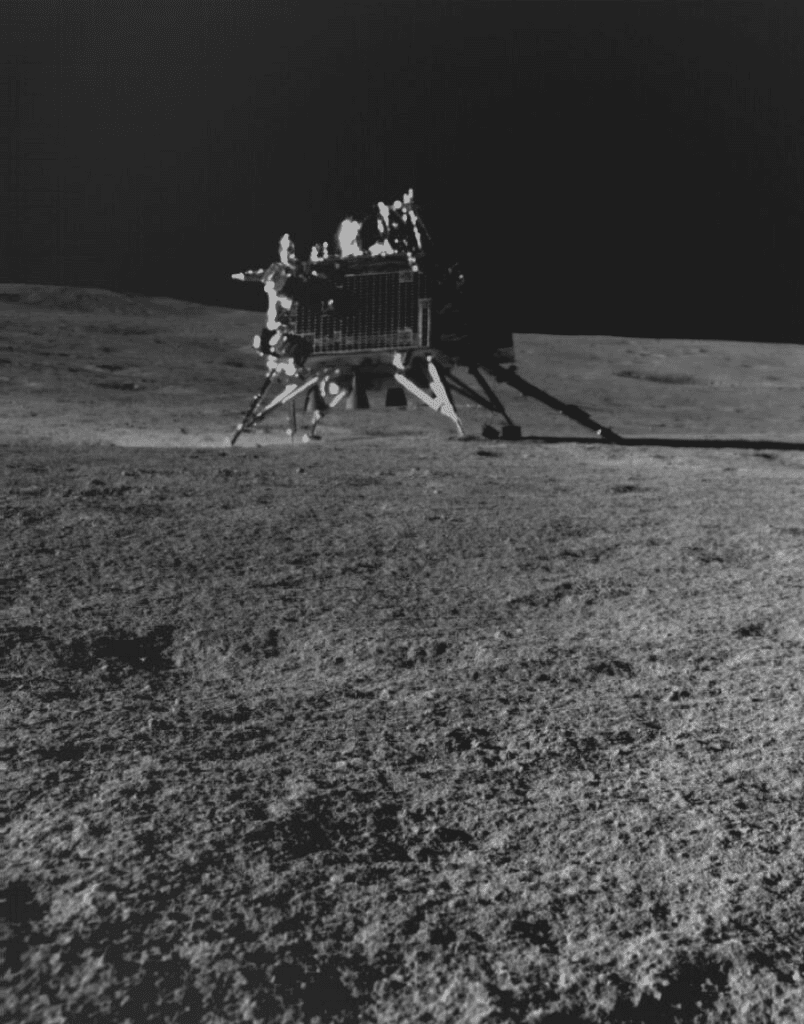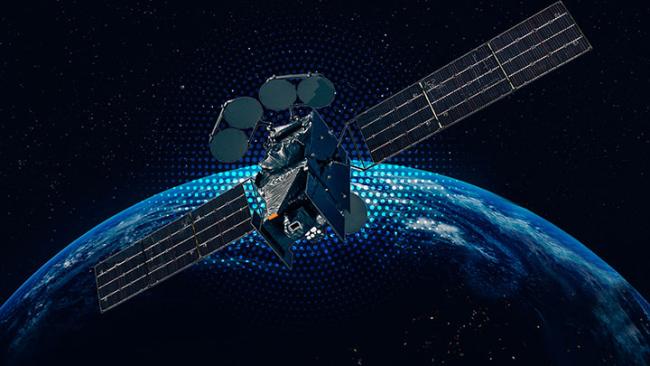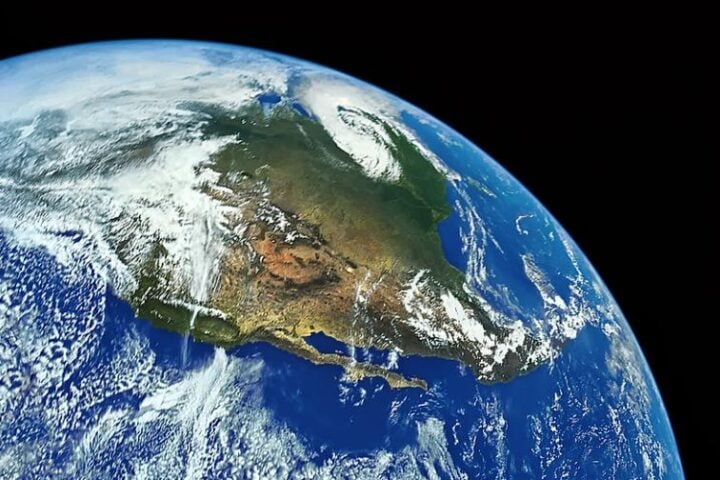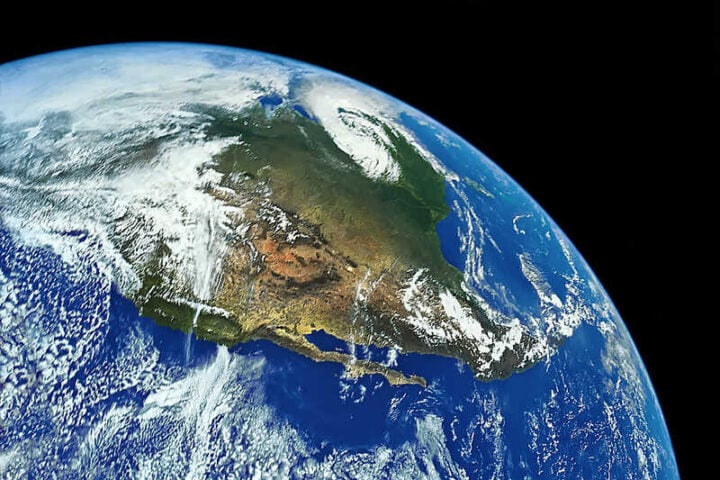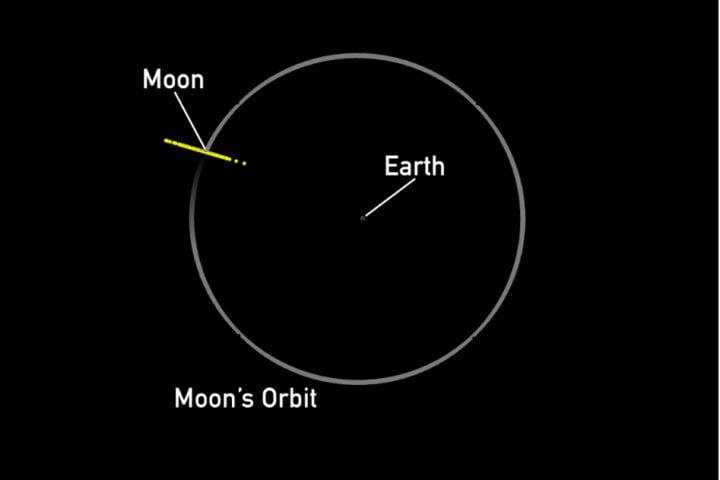India’s Chandrayaan-3 rover has etched its mark on the Moon’s south pole, unveiling groundbreaking discoveries for potential lunar habitats. The Pragyan rover, equipped with the Laser-Induced Breakdown Spectroscope (LIBS), detected sulfur traces and other minerals on the lunar surface. This revelation was announced by the Indian Space Research Organization (ISRO) on X, the platform previously known as Twitter.
Pragyan’s onboard instruments, including the alpha particle X-ray spectrometer, are designed to decipher the Moon’s chemical composition. By firing laser pulses, the rover transforms lunar rock or soil into plasma, analyzing the emitted light to identify elements. Each element, when in its plasma state, emits a unique light wavelength, enabling precise identification. Alongside sulfur, the rover identified aluminum, calcium, chromium, iron, manganese, oxygen, titanium, and silicon on the Moon.
The discovery of sulfur was particularly astonishing, hinting at its potential association with water ice at the lunar south pole. On Earth, sulfur is commonly found in soil, water, and plants. The detection of sulfur on the Moon could indicate the presence of water ice, making the south pole more hospitable than previously assumed. Space agencies globally are keenly interested in the south pole, envisioning it as a potential site for a permanent lunar base. Earlier studies suggested the existence of ice water reservoirs in the Moon’s south pole, valuable for both consumption and fuel.
Chandrayaan-3’s triumphant lunar landing on August 23 positioned India among elite spacefaring nations, following the Soviet Union, the U.S., and China. The mission’s duration aligns with a full lunar day, spanning 14 days, during which sunlight illuminates the Moon. In its early stages, Chandrayaan-3 assessed the lunar south pole’s temperature profile, enhancing our understanding of its thermal dynamics. India’s lunar endeavors have already yielded significant scientific dividends.
The rover’s images and findings have been a testament to India’s advanced space capabilities. The in situ measurements by Chandrayaan-3 have unambiguously confirmed sulfur’s presence, a feat unachievable by orbiting instruments. The rover, named Pragyan, which translates to “Wisdom” in Sanskrit, will continue to explore the largely unmapped south pole. Transmitting images and data, Pragyan will operate for approximately two weeks, powered by solar energy.
Similar Posts
India’s space achievements, accomplished at a fraction of typical costs, have placed it on par with global space giants. Recalling history, India’s prior lunar mission in 2017 faced challenges during its descent. Chandrayaan-3’s successful lunar touchdown was even more commendable, especially following a Russian lander’s crash in the vicinity. Back in 2014, India earned the distinction of being the first Asian nation to orbit Mars.
The nation’s ambitious space agenda includes a sun-bound probe set for launch this September. ISRO’s upcoming ventures include a crewed three-day mission to Earth’s orbit scheduled for next year. Collaborative efforts are also in motion, with a joint lunar mission alongside Japan planned for 2025. Furthermore, ISRO aims to embark on an orbital mission to Venus in the upcoming two years.
Chandrayaan-3’s launch, witnessed by thousands, has captivated global attention and stirred public enthusiasm. The rover’s images, showcasing its exploration of the lunar south pole, have been a visual treat for space enthusiasts. India’s space milestones are not just about exploration but also about inspiring future generations. The presence of elements like sulfur on the Moon could revolutionize our understanding of lunar resources.
As nations race to explore and inhabit the Moon, discoveries like these reshape the narrative of space colonization. Chandrayaan-3 stands as a testament to India’s growing prowess in space technology and exploration. With each mission, India is not only reaching for the stars but also expanding the horizons of human knowledge. As the world watches, India’s space journey promises more breakthroughs, redefining our understanding of the cosmos.
